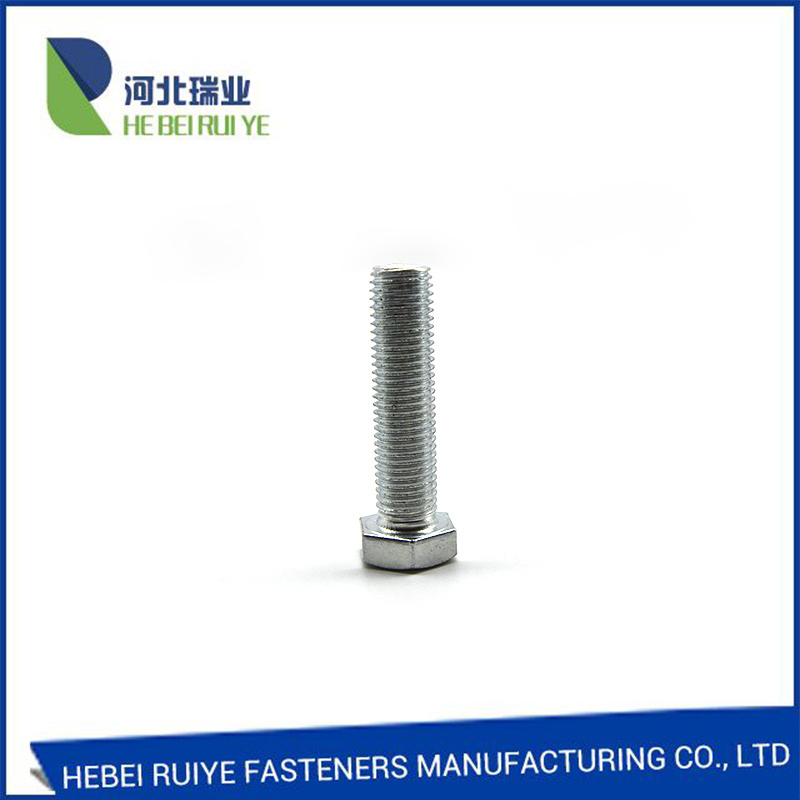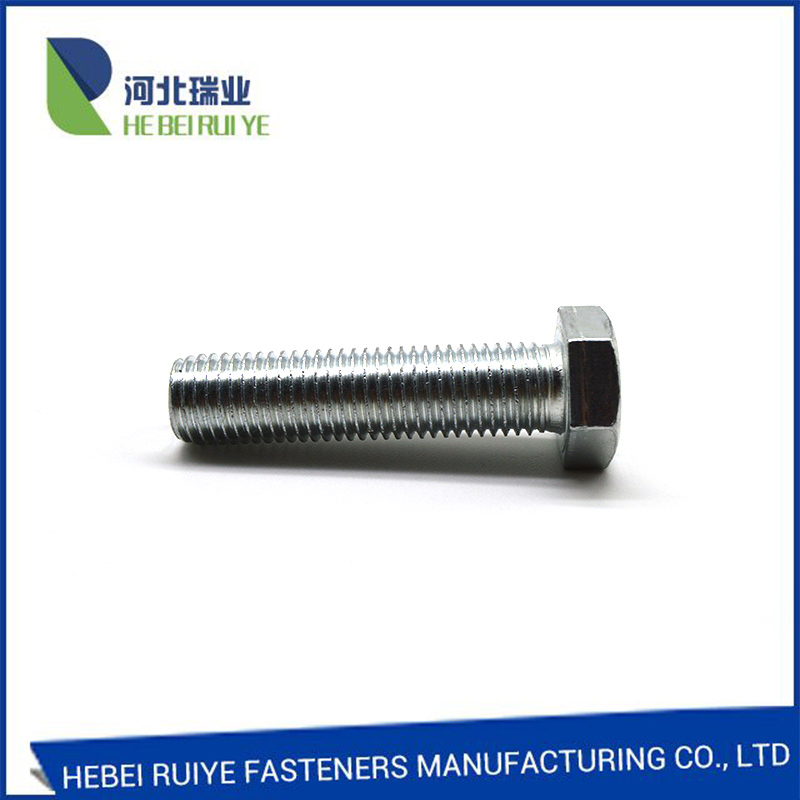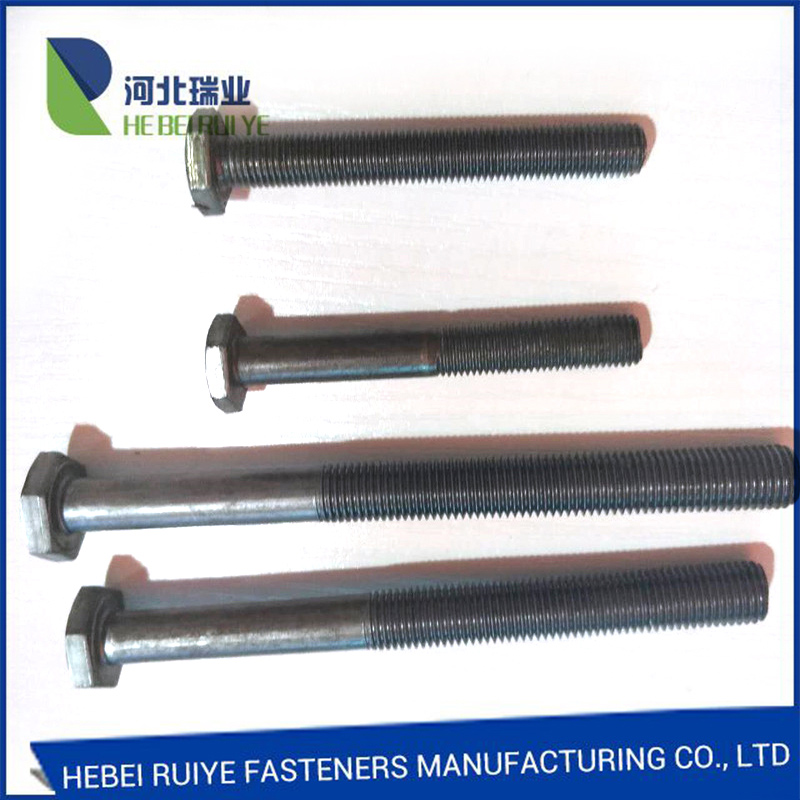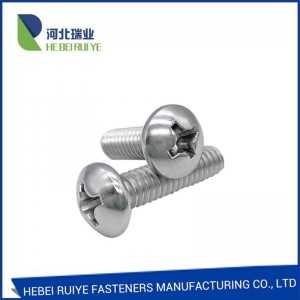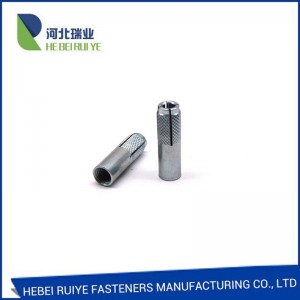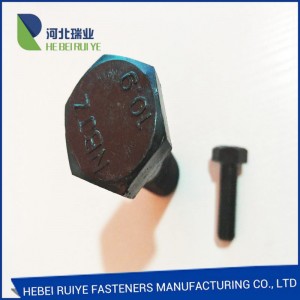Renewable Design for China Wholesale DIN933 DIN931 Brass Full Thread Partial Thread Heavy Hex Bolt
Our firm insists all along the quality policy of "product high quality is base of organization survival; consumer fulfillment could be the staring point and ending of an company; persistent improvement is eternal pursuit of staff" along with the consistent purpose of "reputation 1st, purchaser first" for Renewable Design for China Wholesale DIN933 DIN931 Brass Full Thread Partial Thread Heavy Hex Bolt, We will continually strive to boost our provider and supply the most beneficial excellent solutions with aggressive prices. Any inquiry or comment is highly appreciated. Be sure to get hold of us freely.
Our firm insists all along the quality policy of "product high quality is base of organization survival; consumer fulfillment could be the staring point and ending of an company; persistent improvement is eternal pursuit of staff" along with the consistent purpose of "reputation 1st, purchaser first" for China Bolt, Hex Head Bolt, We believe in establishing healthy customer relationships and positive interaction for business. Close cooperation with our customers has helped us to create strong supply chains and reap benefits. Our products have gained us widespread acceptance and the satisfaction of our worldwide valued clients.

Steel Hex Head Bolt
Product Description
DIN933 is a German standard bolt with specifications from M1.6 to M52 and a length from 2mm to 200mm.
Bolts: mechanical parts, cylindrical threaded fasteners with nuts. A type of fastener consisting of a head and a screw (a cylinder with external threads), which need to cooperate with a nut to fasten and connect two parts with through holes. This type of connection is called a bolted connection. If the nut is unscrewed from the bolt, the two parts can be separated again, so the bolt connection is a detachable connection.
Difference between screws, bolts and nuts
Bolts, nuts, and screws are fasteners. Bolts and nuts can be used together, and screws can be used alone. The difference between a bolt and a stud is that there is a polygon that can be twisted at one end of the bolt, and the stud is only sleeved with external threads on the cylindrical part.
Screw is an incorrect name. It is the general name of non-professionals for threaded parts. There is no such name in the industry.
In the fastener industry, in fact, there is no strict distinction between screws and bolts. However, there are two ways within the industry to distinguish between screws and bolts:
1. Divided according to the screwing structure. The so-called wrench structure refers to the place where the wrench is placed on the screw / bolt, that is, in some systems, the externally threaded rod-shaped parts of the external wrench structure are collectively referred to as bolts, otherwise, the The inner wrench structure is called a screw.
Outer wrench structure: Hex head bolt; Inner wrench structure: Hex bolt, etc. The obvious example of this is the fasteners in Chinese national standards, such as GB5782, GB5783 (one half thread, one full thread) . Because they are all hexagonal structures, they are all called bolts in the standard name.
2. Differentiate according to whether the product has non-threaded rod features.
This is also a widely used classification method, which generally distinguishes bolts and screws in this way. That is: if the product's stems except the head are all threaded, such parts are called screws. Conversely, if it has characteristics such as a polished rod in addition to the thread, it is called a bolt.
3. Screw is a more general term.
The exact words should be bolts, screws, and screw caps.
Product Display
